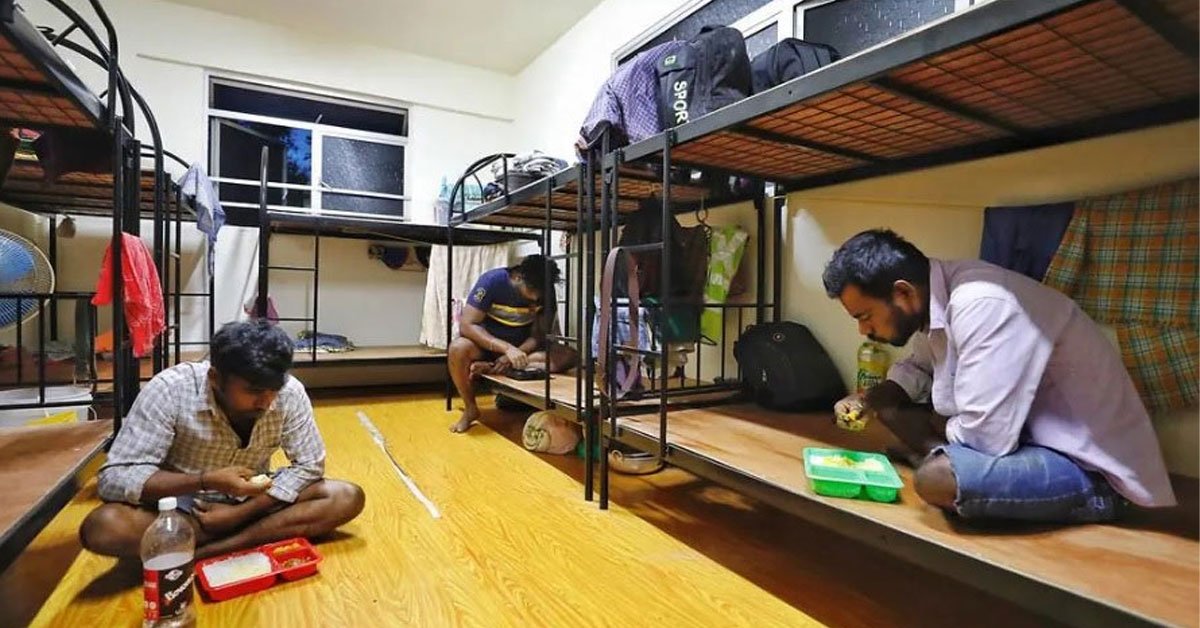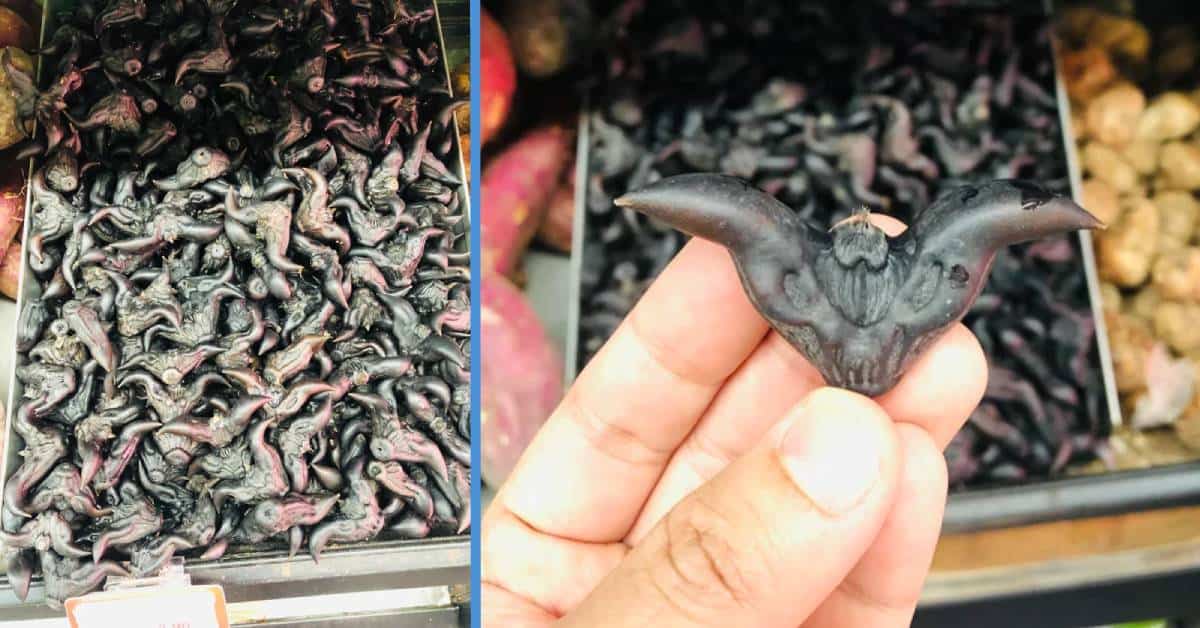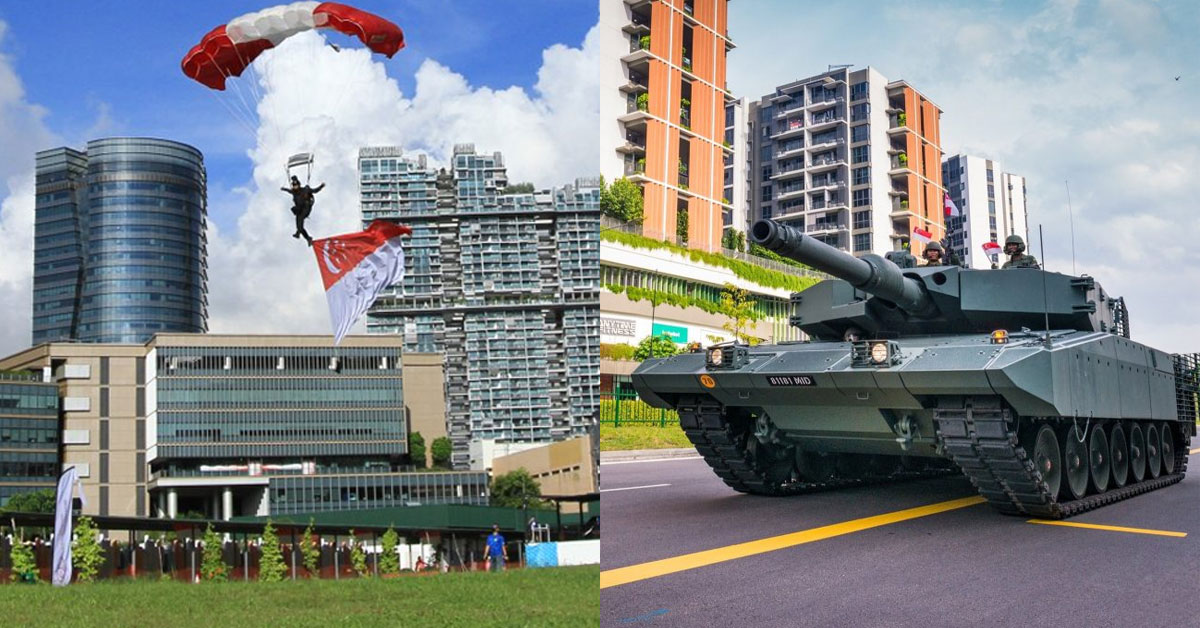This is a guest post contributed by Jasmine.
Welcome to the Singaporean past time – yes yes… eating sure is one of them but the bigger past time is being a KAY POH!
With 3 foreign worker dormitories gazetted as isolation areas amid the COVID-19 outbreak and tens of thousands of workers being placed quarantine, one has to wonder what is really going on behind closed doors.
Don’t lie, we know you are as curious as we are. So here are some questions that an insider who worked at one of these dorms, let’s call her VM, answered that would satisfy the curious cat in you.
What is it like for foreign workers who first go to the dorm?
VM: When the residents are brought to their new rooms, it would be handed to them sanitised and a room i/c (appointed by their employer) would sign to confirm he has received the room in good order (i.e. clean, no loose fittings, etc). From my observations, FWs tend to travel with bulky luggage and this can cause congestion in the room. They also like to hang their clothes on the ceiling beams, which is against a house rule adding further to the congestion. Aside from the ceiling fans installed, they have options to install air-conditioning at an additional cost, either borne by them (i.e. split the cost) or their employers.
Residents are also made to sit through a compulsory introductory video in English, Tamil, Mandarin and Bengali. This video not only introduces the house rules to them but also outlines the need for civic-mindedness as they share a communal living space.
Tell us! What does a dorm really look like?

VM: Typically it’s 10-12 workers in a room with full occupancy. Kitchen facilities and spacious dining halls are shared and kept separate from their rooms. Most residents’ however have the majority of their meals catered from external vendors.
Have you come across any unhappy protests asking to go back to their home countries?
VM: There has never been a single occasion during my time with the company that I experienced the onslaught of a protest nor have I heard of one. The security team has a good rapport with many of the residents and this helps in diffusing any tension from escalating. I walked the ground a fair bit and almost always been met with a chirpy greeting or engaged in a cordial chat with the residents.
How do meal times work? And have you seen the recent criticism online?
VM: The dorm ensures catered food is properly handled and collected within 2 hours from preparation. While they enjoy carb-heavy meals of curry, rice and side dishes, they sometimes use their weekend to make their rotis and pancakes.
The criticism comes off as highly ignorant to me. It also comes from a place of privilege – we read the papers, cry bloody murder and go back to being the racists, insensitive, unwelcoming people many FWs are familiar with.
Do they really think the various arms of the Government left these dorms to run themselves as they please? This undermines the persistent hard work of many people in dormitories.
Example: Fake news about the food from netizen
Pictures of the real food provided:


So… we’d all like to know. Can you sneak friends or girlfriends into the dorms at all and not get found out?
VM: Oh hahaha, unfortunately, no juicy details as such. It’s a strictly male dorm. Security is super tight in the dorm, so no way of bringing even friends from other dorms in.
In fact, I’ve never seen any female guests of the residents (by the way, we address the FWs using the term residents and treat them accordingly).
Eh… dorms do not hand out condoms cause we dont want to put ideas in their head. But they are hopeless romantics. Love singing love songs in their languages and reading poetry. The Chinese residents are quite the opposite.
They enjoy observing and cooking their meals – baos, flatbreads etc. We have to really push them to participate in games and talent shows.
Any parting comments?
VM: There appears to be a disconnect between what dorm operators do and what the general public understands. There can be more conversation on how NGOs like MWC are able to support the work of dorm operators.
Also, MOM is aware that standards need to be improved and it will be an ongoing process. This is a quote from Minister Josephine Teo:
We may have different ideas about what the standards should be but here’s what you will find at purpose-built dorms:
- Proper sleeping rooms with beds
- Dedicated toilet and shower facilities
- Recreational spaces with TVs, newspapers etc
- Supermarkets or minimarts, stocked with food, snacks and necessities according to the workers’ preferences
- Dedicated sick bays



